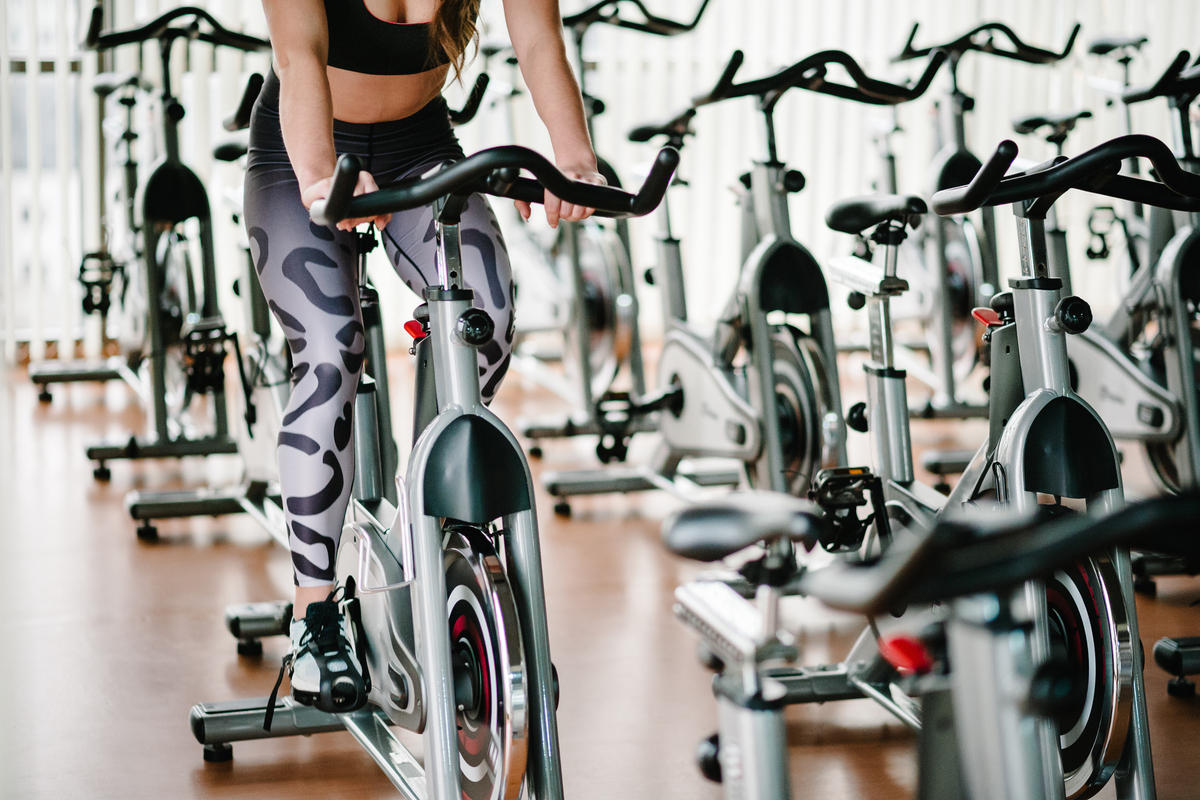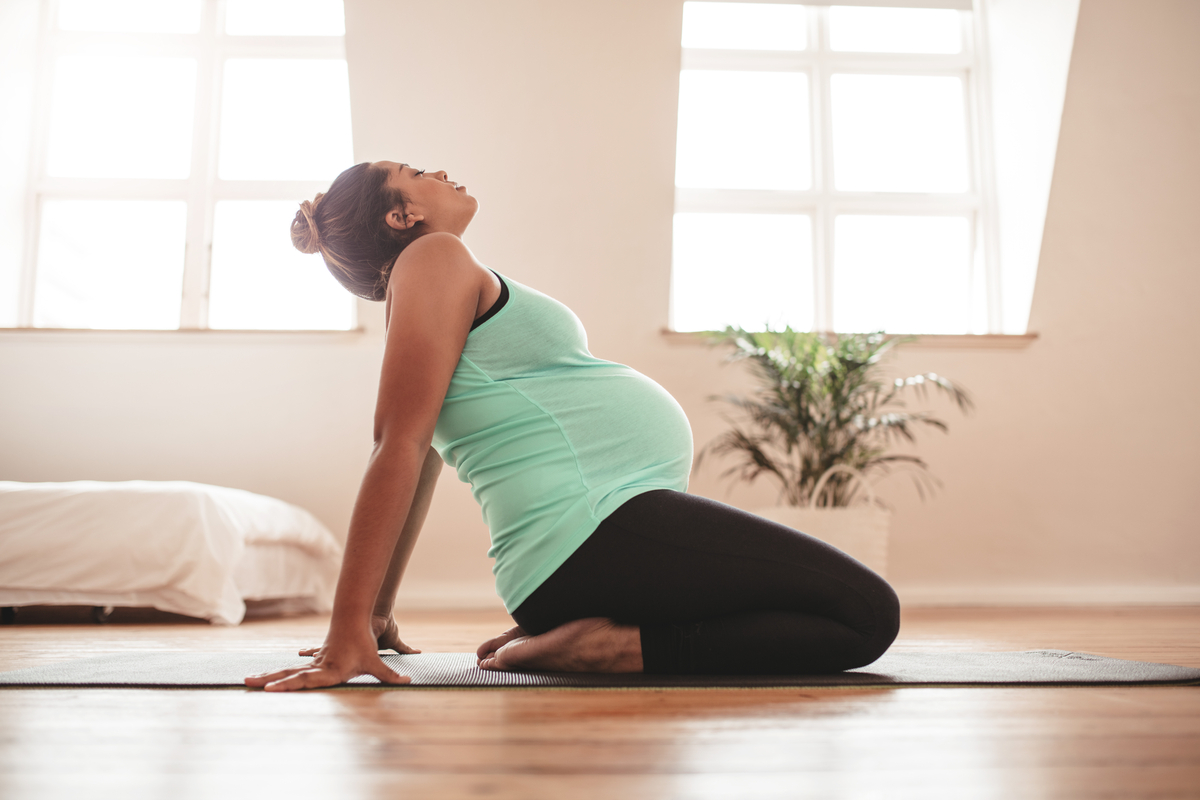Whether it’s those strange shin warmers, the funny-looking belts with little liquid jugs, fitness trackers or strict diets (and knowing when it’s appropriate to have that meticulously planned diet), there are more than a few nuances that can make any first-time half-marathoner or 5K runner’s head spin.
But of all the insider tricks and tools that serious runners swear by, running gels may just top them all. Step one foot inside a running store or fitness expo and you’re likely to be bombarded with one free sample of gel after another, each one promising more energy, more fuel, and most importantly, better finish times than the last. And while that branding is understandably alluring (especially for first-timers), it doesn’t mean the gels are an energy savior or even appropriate—or safe—for every type of runner.
What are running gels?
Whereas marathoners only a few years ago had to rely on carb-loading before races and Gatorade (or even flat Coca-Cola) mid-race, today, carb replenishment has diversified quite a bit, primarily in the form of small, easy-to-ingest running gels. When we run, we rely on storages of fat and carbohydrates. While the gels can’t fully refuel runners when they burn off those original storages, the goo can act as a temporary burst of energy.
However, according to Dr. Jaime Smoliga, associate professor of physiology at High Point University and an elite runner, not all runners require that burst the gels provide.
“Running gels can be useful for delivering some added calories during a marathon, but for non-elite runners, generally are not necessary if they have taken in sufficient carbohydrates and are running at an easy pace,” Dr. Smoliga explains.
According to RunnersConnect.com, the only true benefits associated with having fully stocked carb levels occur when runners have been hitting the pavement for at least 60 minutes. So if you’ve signed up for a 5K, you probably aren’t a candidate for the gels. What’s more, as Dr. Smoliga explains, the gels are super-dense in calories and could potentially cause weight gain if you’re not burning off enough to begin with.
But if you’ve got your eye on a half or full marathon, it could be something to consider.
“Elite athletes running at a very high intensity essentially use up all of their carbohydrates during a marathon, and then ‘hit the wall’ when they have to rely primarily on using fats for energy,” Dr. Smoliga says. This wall is a surefire sign your energy levels need to be replenished quickly.
How to use the gels before and during a race
Another piece of “insider” running knowledge that might not be as popular to boast about: runner’s trot, which occurs after your innards has been jostled around in a race so much that you become nauseous, or worse, have to sprint to the nearest Porta-Potty. Eek.
According to Dr. Smoliga, if your body isn’t adequately used to the gel by race day, you could run the risk of having to make a mid-race pit stop. “For those who wish to use a gel during a marathon, they should try them out in training first so they can make sure it doesn’t cause gastrointestinal discomfort. It’s better to find out early on than on race day.”
As far as the best time to take the gels, that will require some testing, too. Everyone absorbs nutrients at a different race, so be sure to ingest the gels at different times throughout your run, measuring the effects (and when they ultimately hit).





